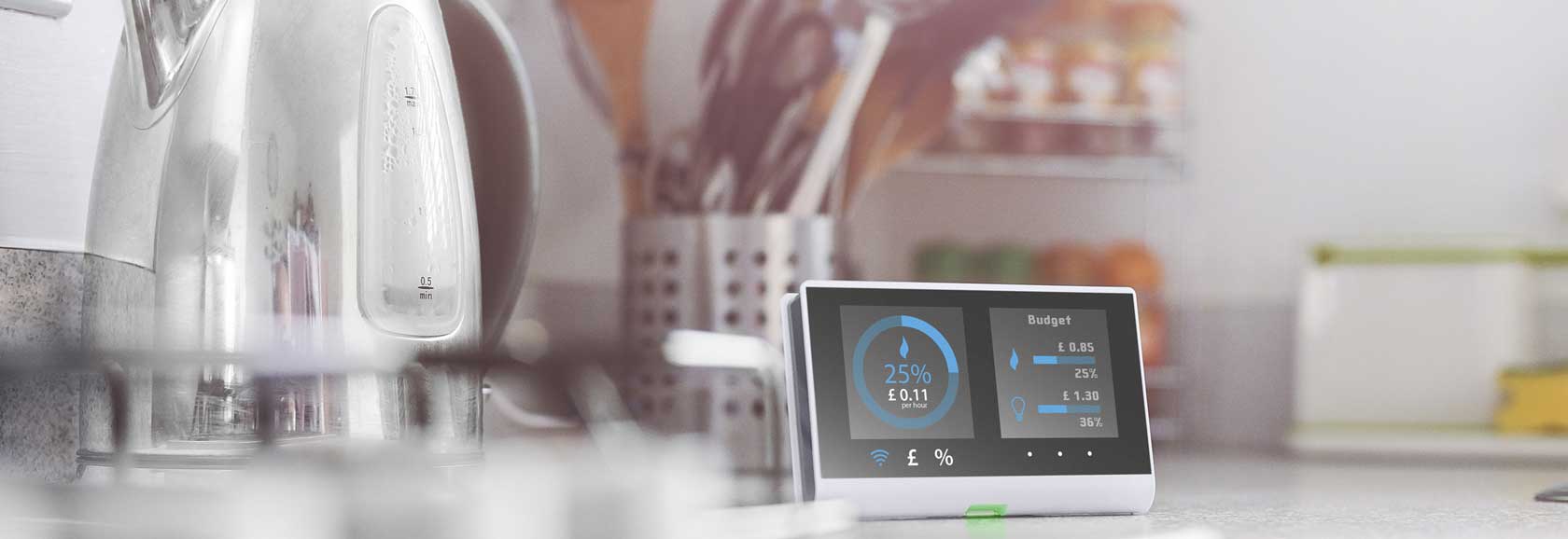Is LTE the answer after 2G and 3G sunsets hit?
Mobile network operators have been open about their plans in relation to 2G and 3G sunsets. These are in various stages of progress across the world as operators migrate users and plan to free up spectrum to support 5G services. For businesses running IoT devices and applications on 2G and 3G there’s a need to assess the alternatives and make plans for future product generations.
As always, IoT connectivity is an equation composed of cost, capacity, speed and power consumption and these factors will be at the heart of companies’ decisions. There are multiple low power wide area (LPWA) network technologies available that can offer highly cost-effective, relatively low-speed connections that are both cheap and power efficient. However, global coverage is seldom ubiquitous and few options can support the speed and low latency required by some applications.
LPWA represents a viable alternative to 2G for static objects in areas that have coverage. Smart meters and agricultural projects are gaining traction. However, for moving objects that need comprehensive coverage across all the areas they visit, cellular networks are a better fit. Narrowband-IoT (NB-IoT) provides an attractive option that is also low cost and low power with adequate capacity for the majority of IoT applications. However, network roll-out has not been as fast as expected in every market, so coverage concerns remain.
This leaves LTE filling the gap between 2G and 3G sunsets and the still being introduced 5G. 5G is a step too far for many IoT applications offering far more capacity at far lower latency than most IoT use cases need for the foreseeable future. However, that comes at significant cost and coverage is not complete, which leaves various flavours of LTE in position to fight to be the future cellular connectivity for mainstream IoT applications. These issues were explored in the recent Quectel Masterclass titled ‘The best technologies for replacing 2G and 3G for IoT’ detailing which replacements suit which uses the best and the steps organizations should take for moving from 2G or 3G to LTE. The Masterclass can be viewed here: https://www.quectel.com/masterclass-library/best-iot-technologies-replacing-2g-3g
How to choose the right form of LTE connectivity to plan for 2G and 3G sunsets
LTE comes in several categories with Cat M and Cat 1 the most popular for IoT use cases. The technologies offer a blend of power efficiency, relatively low-cost connectivity and modules that provide ample capacity for many applications. Versions such as Cat 1 bis which offers lower performance than Cat 1 itself via a single antenna, presents a cost-effective option with performance that will be able to support the needs of current 2G and 3G use cases.
Another option is LTE 450, which utilizes the 450MHz frequency band to provide an energy-efficient long-range alternative to 2G and 3G. Ideal for less data intensive applications that are often associated with LPWA technologies, LTE 450 is well-suited for enabling smart meter connectivity. Alongside LTE Cat 1 and Cat 1 bis, LTE 450 represents a practical replacement after 2G and 3G sunsets. A recent Quectel Masterclass compared and contrasted the relative merits of each type of LTE to help developers decide which connectivity to adopt in future. The Masterclass, titled ‘How LTE Cat 1 and LTE 450 modules support 2G and 3G IoT applications’ can viewed here: https://www.quectel.com/masterclass-library/lte-cat-1-lte-450-module-applications
LTE encompasses a range of different performance capabilities and price points and can include useful features such as voice, making its appeal wide among IoT solutions providers. The challenge for them is to decide which attributes they need for their use cases and to drill down into the specific performance criteria of each option. It is clear, though, that LTE options provide a continuation after 2G and 3G sunsets which can meet the individual needs of IoT devices.
These issues were explored in greater depth in the Quectel Masterclass titled ‘When to choose LTE connectivity for IoT projects’ which sets out the basic functions of LTE and the value it provides for IoT deployments. In addition, the Masterclass details the network injection process and uncovers some special use-cases in Japan. To view the Masterclass, visit: https://www.quectel.com/masterclass-library/lte-connectivity-iot-projects

